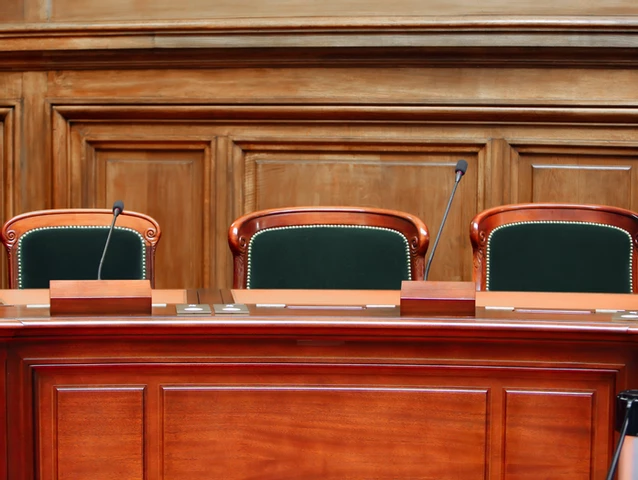Ontario’s Minister of Energy and Mines (the Minister) yesterday delivered a keynote speech at the Ontario Energy Conference setting out Ontario’s energy priorities, linking new supply and infrastructure directly to the province’s industrial strategy and economic growth. This bulletin briefly summarizes the key takeaways of the Minister’s speech. Integrated Energy Plan as roadmap. The Integrated Energy Plan (IEP) was described as Ontario’s “gold star” roadmap for generation, transmission, distribution, and storage. The Minister noted that the backdrop of rising unemployment in Ontario is new generation development, with the IEP underpinning jobs, competitiveness, and industrial growth. Nuclear as a nation-building project. Ontario is proceeding with the first of four small modular reactors (SMRs) at Darlington, which has been identified as a “nation-building” initiative by the federal government. The SMR program is projected to create 18,000 construction jobs, with 80 cents of every dollar spent remaining in Canada. The Minister highlighted the economic scale of large nuclear, with a potential 10,000 MW of new capacity at Port Hope, estimated at adding $235B to Canada’s GDP along with new job creation. The Minister emphasized that there is no economic growth without net new nuclear, supporting Canada as a leading clean energy economy and positioning Ontario as leading the world on SMR. Hydro, Transmission and Storage. The Minister noted that new hydro, transmission, and storage projects are being advanced, with First Nations leadership central to future baseload supply. Four new transmission lines have been announced and were described as the largest one-time investment in a generation and essential to moving new generation to load centres. The Minister also emphasized that storage will be critical alongside nuclear and hydro. LT2 procurement and competition. The IESO’s Long-Term 2 (LT2) procurement was highlighted as good for customers, as competition is expected to reduce prices by up to 30%. The Minister emphasized the IESO’s role as forward-looking and central to procurement and system planning. IEP Natural gas policy statement. The Minister noted that for the first time,…
The Government of Alberta yesterday announced that it will introduce significant amendments to the Technology Innovation and Emissions Reduction (TIER) regulation this fall. The proposed changes will (1) add on-site emission reductions investments as a compliance pathway and (2) provide flexibility for small emitters to opt out of the TIER system in 2025. Premier Danielle Smith and Minister of Environment and Protected Areas Rebecca Schulz announced the changes in an afternoon news conference. This bulletin briefly summarizes the expected amendments and the government’s next steps. Regulatory amendments. The proposed updates to the TIER system include: Compliance through direct investment in on-site emission reductions. Recognizing on-site emissions reduction investments as a new pathway for facilities to comply with the TIER system, in addition to the current suite of available compliance options. The government anticipates that a new standard will be developed to support the new compliance pathway, which is expected to be structured around project investments over an eight-year period (five years forward, three years back) and could include investments in projects such as the Pathways CCS project. A facility would be allowed to use this compliance pathway to fulfill up to 90% of its TIER compliance obligation. Under the current TIER regulation, a facility can meet its compliance obligation by (a) reducing on-site emissions, including by applying capture recognition tonnes (CRTs) to lower the facility’s total regulated emissions (TRE); (b) submitting emission offset credits (EOs); (c) submitting emissions performance credits (EPCs); and/or (d) purchasing fund credits by paying into the TIER Fund at the prescribed TIER Fund Price (currently frozen at $95 per tonne CO2e). Opt-out for small facilities. Allowing smaller facilities that currently participate in the TIER system to leave or opt out. TIER applies to large facilities that emit more than 100,000 tonnes of CO2e per year, while smaller facilities have been able to opt-in to the TIER system under…
A panel of judges of the Commerce Chamber of the Frankfurt am Main Regional Court (the Court) has released its decision barring Apple from promoting three Apple Watch models as “CO2-neutral products”. The Court granted an injunction sought by Deutsche Umwelthilfe (Environmental Action Germany), finding that advertising the watches as a “CO2-neutral product”, based in part on the purchase of carbon credits from “nature-based” projects, was misleading under German competition law. This bulletin briefly summarizes the key findings of the Court. Decision. In finding that Apple must refrain from advertising the three models of Apple Watches as a “CO2-neutral product”, the Court determined that the claims were misleading and violated s. 5(1) of the Act against Unfair Competition, which prohibits misleading business acts that are likely to induce consumers or other market participants to make a business decision that they would otherwise not have made. Apple’s claims were based, in part, on the purchase of carbon credits from a forest project in Paraguay. However, the Court held that 75% of eucalyptus plantations in the carbon offsetting forest projects in Paraguay were only leased until 2029 and that the CO2 offsetting could therefore only be guaranteed until 2029. The Court also rejected Apple’s argument that Verra’s buffer pool account was sufficient to secure the uncertainty of lease extensions according to the VCS Standard, and noted that in the event of non-renewal of the leases, the VCS Standard only allowed Apple to continue to monitor the forest project: “The possibility of only monitoring the remote part of the project area for the remaining duration and only having the buffer account mechanism intervene in the event of loss is not a CO2 compensation measure that is equally suitable for the continuation of the forest project beyond 2029.” (translated from the original German) In finding Apple’s claims misleading to…



